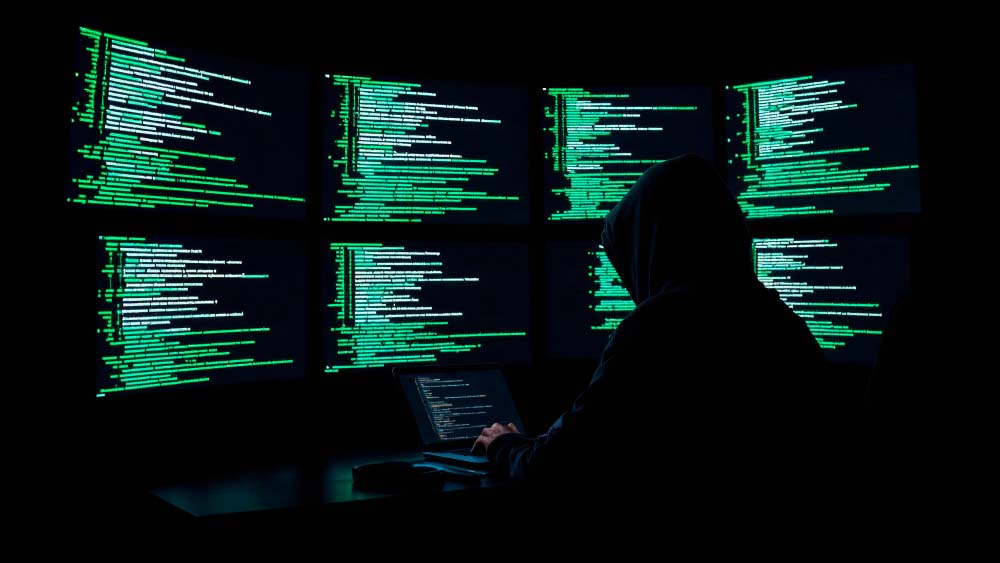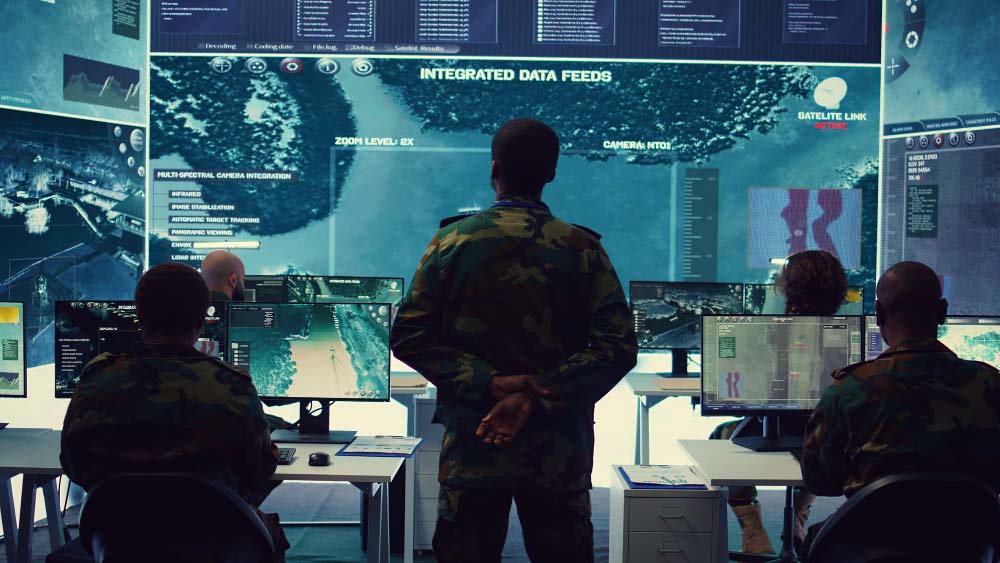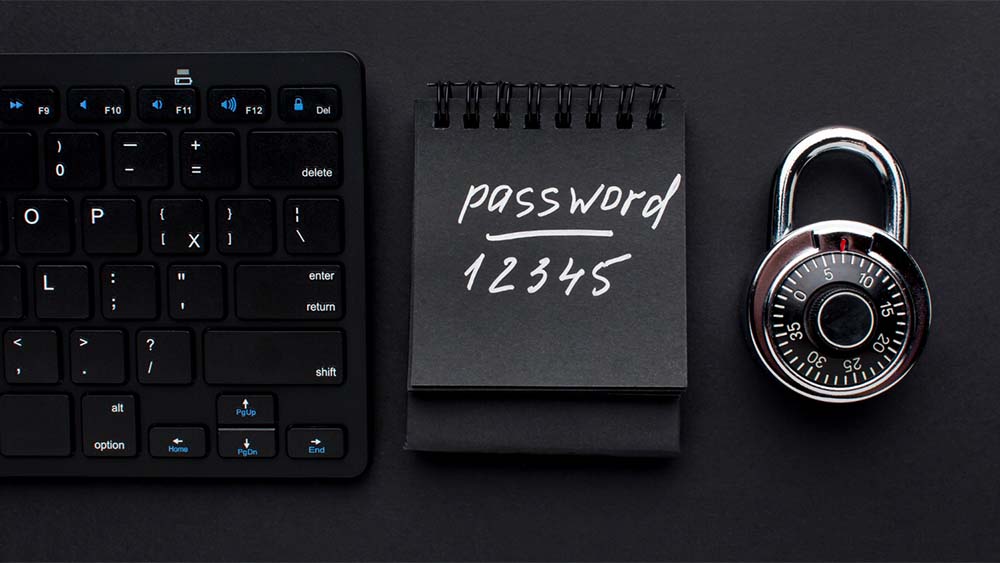If you’re looking to practice your security expertise without breaking any rules (or law), Capture the Flag (CTF) competitions are the perfect way to learn. They’re a game that’s based on puzzles, are framed and a lot of fun. They’re great for novices and an excellent training ground for professionals.
What is a CTF?
A CTF is a time-boxed event where individuals or teams solve security challenges to find flags–strings like FLAG–and submit them for points. These challenges are based on real issues that defense and testers have to face but in an secure, safe setting.
What is the reason CTFs help in learning?
-
Secure, scoped procedure: Everything happens in Sandboxes specifically made to be attacked.
-
Instant comments: You know when you’re correct (flag acknowledged) and you often receive signals when you’re near.
-
Incremental difficulty: Easy – insane, letting you ladder up skills.
-
The fuel for your portfolio: Write-ups, scripts and screenshots are now tangible evidence of your skills.
-
Collaboration and community: You’ll learn faster through reading and collaborating with others’s solutions.
Major CTF formats
-
Jeopardy-style A board with independent categorizes (Web, Crypto, Forensics and others.). Solve any any order.
-
Defense-Defense Team members defend their products while threatening other teams. Training on hardening, monitoring and operating under stress.
-
King-of-the Hill (KotH): Compete to manage a shared hosting and earn points when you are in control of it.
-
Mixed/Live IR Situations that are narrative (e.g. ransomware outbreak) merging memories, logs and response choices.
Common challenges (and the actual lessons you’ll discover)
| Category | What are you practicing | The typical beginner wins |
|---|---|---|
| Web | HTTP basics, input handling, auth flows, cookies | The tampering of parameters or weak auth checks simple XSS |
| Crypto | Common mistakes and practical cryptography | Classic ciphers, bad randomness, padding errors |
| Forensics | Analysis of files data analysis, memory/disk triage investigation | Strings metadata basic timeline, basic Stego |
| Reverse Engineering | Reading binaries, controlling flow and calling conventions | Analytical/static patching, patching of trivial checks |
| Pwn/Exploitation | Memory security mitigations (DEP/ASLR) Payload craft | Buffer overflows on binaries for training |
| OSINT | Research discipline, pivoting, data validation | Image metadata public records, geolocation fundamentals |
| Misc/Programming | Automating, Scripting, Data wrangling | Quick parsers, regex, simple crypto/math scripts |
Tips: Start by introducing Forensics, Web OSINT, Misc, and Web. These give you early wins and increase confidence.
CTF Learner’s Stack CTF Learner’s stack (beginner-friendly)
Operating system that runs Linux (native or VM). Containers/VMs include Docker, an hypervisor (VirtualBox/VMware) to differentiate the tools and targets. Editors and notes (VS Code) + Notes in Markdown (Git repository). CLI tools: curl, wget as well as nc, nmap the grep, sed, and the awk, xxd, and strings and files. Programming: Python (requests, pwntools) and PowerShell/Bash as required. Web tooling: Browser DevTools an interception proxy (e.g. Burp Community, Community) Wordlist tools. Re/pwn: Ghidra, the IDA Free program, Radare2, GDB + pwndbg/gef, Objdump, thetrace/strace. Forensics: binwalk Exiftool, Wireshark Volatility autopsy and CyberChef. Mathematics and cryptography: Python, SageMath (optional) small assistance programs. Stego: Zsteg the steghide program, and the Sonic-visualizer (for sound techniques). Collab private repo shared scratchpad, as well as chat with the team (Discord/Matrix).
A reliable, secure process for every challenge
-
Snapshot and Isolate
work in a disposable container or VM. Take fresh snapshots prior to taking dangerous steps. -
Read the prompt two times.
Find keywords as well as constraints and any artifacts that are provided. Pay attention to the flag’s format. -
Baseline reconnaissance
For services, enumerate ports/endpoints; for files, collect metadata (file,exiftool, entropy checks). -
Make Small Hypotheses
“This looks like base64.” “Is there an off-by-one?” Check it out quickly, but don’t invest too much. -
Automate and Instrument
Create tiny scripts to perform repeated requests or transforms. Keep them safe for the future, as you will use them again. -
Keep track of all the things you do.
commands Parameters, observations or dead ends. These are your writing-up (and the memory). -
Timebox & pivot
Stuck after 25-40 minutes? Change categories or talk to for help from a colleague. The power of momentum can beat stubbornness. -
Write down the flag instantly
Note your method of getting it. Include proof and steps, while still fresh.
Team interactions that win (and help)
-
Define roles in the beginning: triager (reads prompts and assigns) and solvers (own categories) and scribe (notes/flags) and reviewer (QA before submitting).
-
Utilize the shared board Monitor status For To Try – in Progress – You’ll need Eyes solved.
-
Plateau-based pairing: A 10-minute pairing usually breaks a two-hour block.
-
Make sure to commit early and frequently: Check in scripts and notes; don’t say “it’s only on my laptop.”
How do you begin when you’re a newbie (first two weeks)
Week 1: Tools & basics
-
Install an Linux VM, install core tools.
-
Do 5 micro-challenges (file type, basic encoding, simple regex).
Week 2: Web & forensics
-
Solve 2-3 beginner web tasks (parameters, cookies) + 2 forensics (metadata, strings).
-
Make notes of each.
Week 3: Crypto & OSINT
-
Do two crypto warm-ups (substitution or OR,) and 2 OSINT.
-
Write your first blog post (no spoilers in live events; then post the next day).
Week 4: Mini-event
-
Join the beginner CTF. You should aim for 5-10 problems and one written piece.
Writing ups: your secret weapon for your career
Writing that is well-written demonstrates skill as well as clarity and ethics. Utilize this template to:
-
Title & category
-
Challenge prompt (paraphrased)
-
The Approach (hypotheses the important steps)
-
Tools/commands/scripts (snippets)
-
What I’ve learned (1-3 bullets)
-
Flag (if the event is over) or removed (if still in existence)
Be professional. Do not sham authors, and no leaks of active flags, and no dumped sensitive information.
CTF etiquette & ethics (non-negotiable)
-
Keep within the scope. Only interact with targeted tools and targets.
-
There is no denial of service. Don’t ruin the game for other players.
-
No spoilers in the live event. Share knowledge after.
-
Credit sources and teammates in your written pieces.
-
Respect organizers. Report broken challenges politely.
Progress measurement
-
Solve breadth Do you have the ability to complete at least one task in each of these categories?
-
Solve depth Are you able to chain methods (e.g. the web and crypto)?
-
Time-to-first-flag How fast can you get early points in order to gain momentum?
-
Write-up quality: Clear steps, minimal fluff, reproducible results.
-
Utilizables Have you been collecting notes or scripts that reduce future solves?
Converting CTFs into strategies for career growth
-
Portfolio Write-ups of 3-5 words and 3 small tools (parsers decoders, parsers).
-
Resume bullets:
-
“Solved 12/30 challenges (Top 20%) in a 36-hour CTF; authored 4 public write-ups.”
-
“Built a Python helper that automated 3 common encodings; used in 7 challenges.”
-
-
Storytelling in interviews Explore a problem using the acronym STAR (Situation of Task Action and Result). Focus on teamwork, method and ethics.
Troubleshooting common roadblocks
-
“I’m overwhelmed.” Filter the results by scores and categories. Begin with the lowest-point category for web/forensics.
-
“Stuck for hours.” Timebox and pivot, or ask for the nudge or switch categories.
-
“Tools are confusing.” Create a one-page cheatsheet for each tool. You can practice outside of the classroom.
-
“My environment broke.” Utilize containers and snapshots; maintain an uncluttered VM.
A little challenge to attempt today (safe and local)
You will receive a text-based file in which each characters ASCII codes were XORed to 13 and then encoded with base64.
-
Decode base64. XOR each byte by
13Read the flag. -
Write a 10–20 line Python script.
-
Keep both your script as well as an one-paragraph writing.
If you’re able to do this, it’s currently “doing CTF.”
Final thoughts
CTFs provide structured games that transforms the curiosity into ability. Begin small, record everything and concentrate on breadth first before focusing on the depth. Within a couple of weeks you’ll see real results with real results, tangible artifacts, and genuine confidence.








